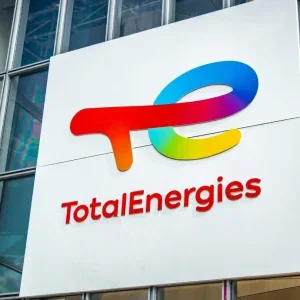Mitsubishi Electric will incorporate the technology in its elevator systems starting this April, beginning with limited models and then gradually extending to other models in its lineup.
In line with increasing concerns about global warming, the operators of tall buildings and large facilities have shown interest in elevator systems that can help reduce energy consumption. Most multi-elevator control systems require a trade-off between passenger convenience and energy saving, because they focus mainly on the reduction of passenger waiting time, which can lead to increased energy consumption, according to the company.
Mitsubishi Electric said that with its smart control technology, however, when someone pushes an elevator button, the system selects the elevator that best balances operational efficiency and energy consumption. Selection is based on each elevator’s potential energy consumption according to its current location and passenger load.
In addition, the system predicts congestion levels throughout the day to maximize operational efficiency and minimize energy consumption.
It prioritizes operational efficiency during peak usage in morning and evening rush hours and at lunchtime, but then prioritizes energy efficiency during non-peak hours. In the latter case, the average wait time in a common office building is no more than 1 to 1.6 seconds longer than the current average wait of 20 seconds, so passenger convenience is hardly affected, the company claims.
Energy-efficiency parameters can be selected manually, and elevators also can be set to proceed non-stop to the lobby floor to accommodate large crowds during special events, the company added.






